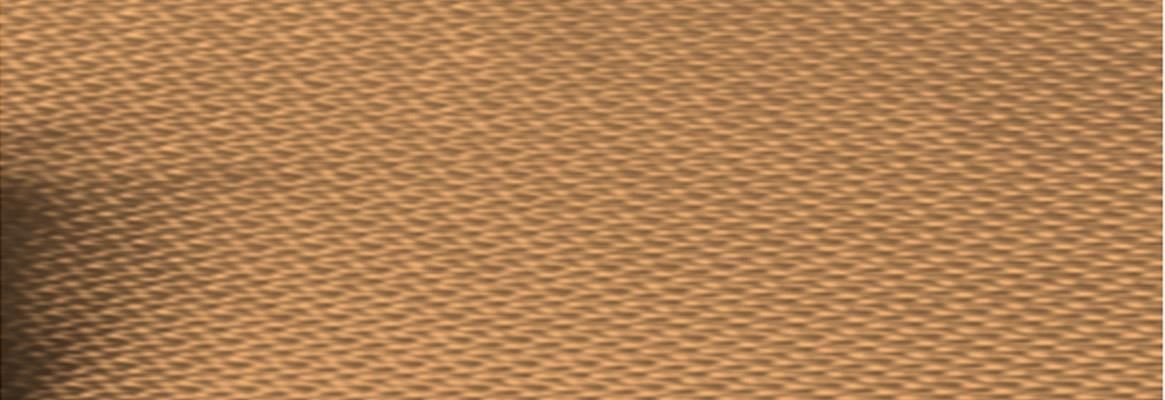Pradeep Kulshrestha and Vinod Kumar Pant briefly discuss coating and lamination, textile finishing processes for improving functional properties, adding value or creating a material with specific properties.
Egyptians are believed to have started fabric coating. One may observe fabric wrapping of the mummies there. Lamination and coating are important process to value-add and enhance the properties of textile materials.
Coating applies a polymeric material in viscous form directly onto fabric or any other substrate. Lamination is the process of making a composite material of multiple layers, at least one of which is textile fabric bonded closely by an adhesive or by the adhesive properties of one or more of the component layers. Solvent coating and hot melt coating machines are used for a range of applications.
Problems in lamination and coating processes arise because of adhesive standards change and follow-up methods. Consistency in product quality gets disturbed if frequency of tests are neglected, and therefore, experienced operators are required at various stages.
A polymer coating on a non-woven provides new properties like resistance to abrasion and penetration by certain liquids and gases. Seat upholstery for automobiles and coaches, waterproof jackets and protective clothing for the police and military are coated to improve such resistance and reduce dust particle penetration. Hot melt adhesive coating is carried out on aramid fabric for bullet-proofing. Biaxial aramid-coated fabric serves as pre-form material for the hard shells and bulletproof jackets. Aramid fibres are a class of heat-resistant and strong synthetic fibres.
Adhesives are available as water-based or solvent based fluids or as hot-melt adhesives (HMA), i.e., a solid or jelly-like material that melts when heat is applied. HMAs can be polyolefins, polyurethanes, polyesters, polyamides or alloys or blends of different polymers or co-polymers. These are produced in the form of films, granules or jellies.
Cellulose acetate, a component in coatings, was the first manufactured plastic to be used to bond collars for shirts in 1930s, but this process used solvents to soften the cellulose acetate. Hot melt adhesives are now the focus of much attention because these are solvent-less and also do not require large amount of energy to dry off water.
Various metallised biaxially oriented polypropylene (BOPP) films are used for lamination on non-woven fabrics for packaging and garment manufacturing industries. Weaving of blend performance fibres is cost-effective with hybrid fibre properties and offers protection against thermal and mechanical hazards, electrical arc flash fire, welding sparks and molten metals.
The Ahmedabad Textile Industry Research Association (ATIRA) has developed prototypes of an ultraviolet (UV) resistant tent for outdoor applications, glass leno fabric with epoxy coating for textile-reinforced concrete and pre-form for bullet-proof jackets. The tent, using high density polyester fabric, is specially made to resist UV rays with thermal pigments. The UV hot melt coating enhances temperature reduction over conventional tents.
To avoid product quality difference for functional properties of a particular product, customers have to give one time order for pre-estimated end use. Customers must depute a technical team to learn uses of chemicals, adhesives and process parameters. For applications like bullet proofing, there must be a memorandum of understanding between the supplier and manufacturer before bulk orders with focus on product quality.
There is a lot of scope in coating and lamination technology because of its demand in apparel, bullet proofing, medical garments, anti-skids mats, lift shafts, construction, protection garments and automotive. Because of lamination, non-wovens are desirable in export packaging industry. High quality laminated flexible banner fabric using weaving and knitting with scope for printing has a wide scope in advertising media as well.
About the authors: Pradeep Kulshrestha is a textiles operations management expert, working with Nandan Denim Limited (Chiripal Group), Ahmedabad as DGM, denim and shirting.
Vinod Kumar Pant is serving with Rainbow Denim, Ambala as Senior Processing Manager.
References:
1. Coating Technology Hand book - 2005.
2. Basics Coating Technology - BASF Handbook, 2003
3. Surface Modification Technologies by TS Sudarshan
4. Smart Textile Coatings and Laminates - First edition, 2010
5. Coated and Laminated Textiles - Walter Fung
6. Plant visit,- Kusumgar Corporates Private Limited, Vapi
7. Visit to Bannari Aman Group and P S G College of Technology in Coimbatore
8. Research and Development work in ATIRA









Comments